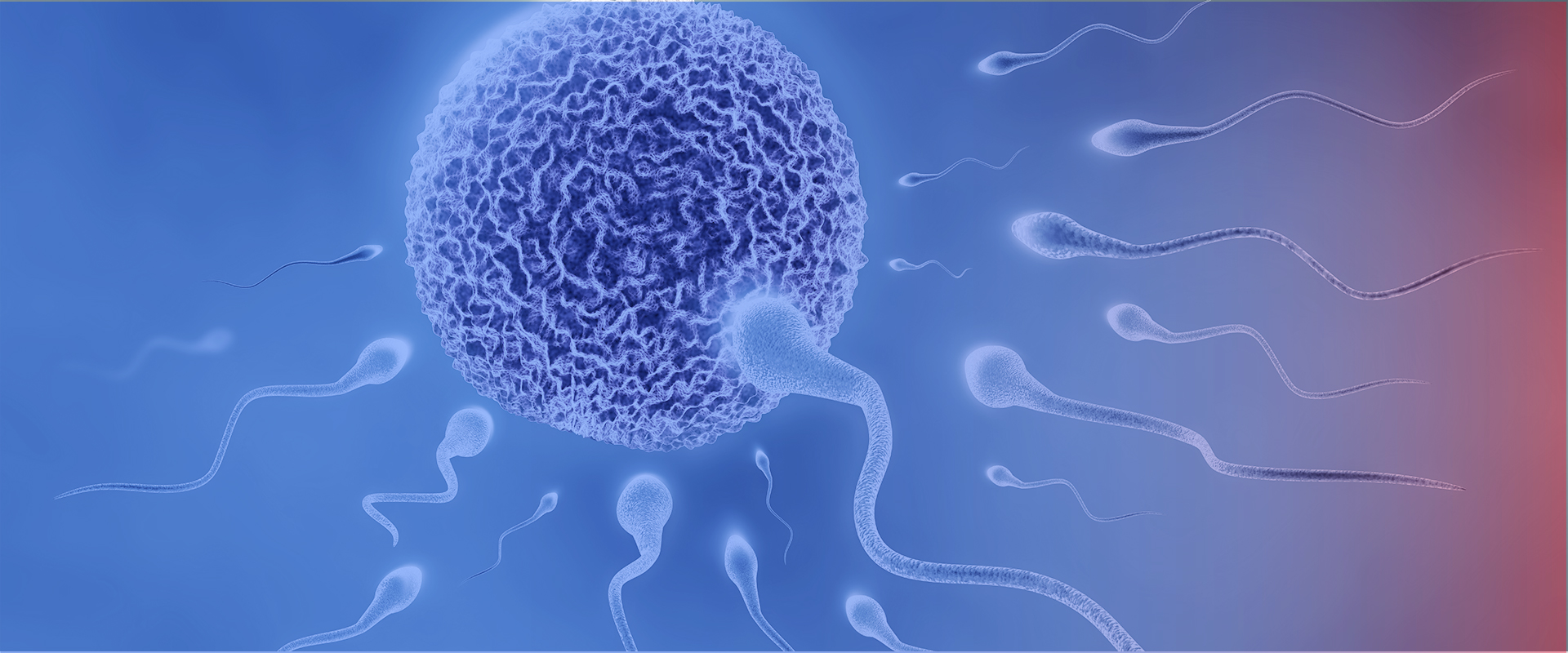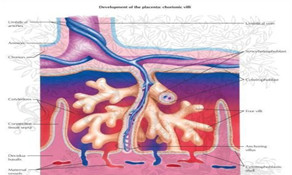
Metabolic regulation in human placental trophoblast cell differentiation
Date:2020-05-06 [close]
The placenta is like a transit station for fetal nutrition transport. Its most important function is to continuously deliver oxygen and nutrients to the fetus, and to produce the hormones necessary for maintaining the development of the fetus. So how does the placenta transfer nutrients to the fetus? One of the most important structures in the placenta is the villus, countless of which float in the maternal blood to facilitate fetal import of nutrients and export of metabolic wastes. There are two important cells in the villi - the inner layer of cytotrophoblasts (CTBs) and the outer layer of syncytiotrophoblasts (STBs). The outer layer of syncytiotrophoblasts are the functional workhorses which directly exchange metabolites with the maternal blood and produce hormones. In contrast, the inner layer of cytotrophoblasts are continuously dividing and fusing to form the multinucleate syncytiotrophoblasts. Overall, the placental villi maintain metabolic homeostasis to ensure the normal and rapid growth of the fetus. However, when maternal-fetal metabolism is disrupted and dysregulated, the fetus’ health becomes at risk. Indeed, dysregulation of the mitochondria and glucose/oxygen supply are thought to be the underlying causes for preeclampsia (PE), a serious metabolic syndrome that occurs during pregnancy. However, the detailed regulatory mechanisms underlying this metabolic disruption remains unclear. Therefore, we want to explore the physiological and pathological basis of PE by analyzing the metabolic changes that occur during placental development.
We hypothesize that the metabolic regulation of trophoblast cell fates differs widely between normal and PE placentas. Through our metabolic studies, we hope to identify the critical metabolic enzymes associated with PE, and thus identify novel metabolic drug targets to treat PE.

Figure cited from https://www.netterimages.com/development-of-the-placenta-chorionic-villiplacental-structure-labeled-cochard-1e-embryology-carlos-a-g-machado-6429.html